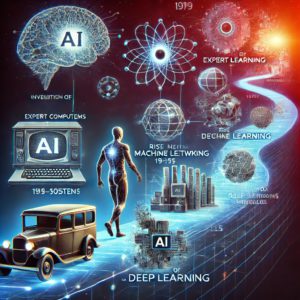
The AI Revolution: How We Got Here
Artificial Intelligence (AI) has gone from a science-fiction fantasy to an everyday necessity in record time. If it feels like AI is evolving at warp

Artificial Intelligence (AI) has gone from a science-fiction fantasy to an everyday necessity in record time. If it feels like AI is evolving at warp
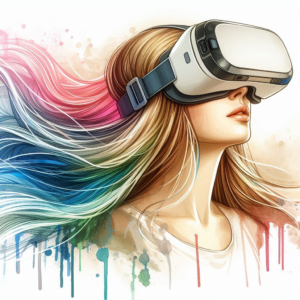
Virtual reality (VR) has advanced recently, offering applications beyond gaming, education, healthcare, and social interactions. Get our recommendation as we review the latest VR headsets, such as the Apple Vision Pro, Meta Quest 3, PlayStation VR2, Valve Index, and HTC Vive Pro 2.
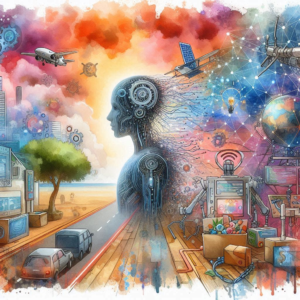
Witness the incredible evolution from programming in machine language to today’s AI revolution. What once required arranging ones and zeros now only needs a simple English prompt. This leap raises questions about the future of jobs as AI is even making waves in art and film, sparking both excitement and concern. AI is here to stay, enhancing our lives and freeing us to focus on higher-level creativity and human connection. As NVIDIA founder Jensen Huang puts it, “Everybody in the world is now a programmer. This is the miracle of artificial intelligence.”
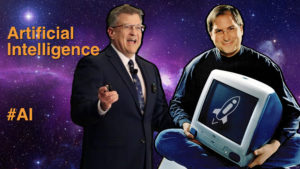
As a child, I dreamed of being an astronaut, inspired by space exploration and my early fascination with technology, ignited by my dad bringing home an HP-35 calculator from RCA. This journey led me to embrace AI as a transformative tool, amplifying our capabilities and opening new possibilities.
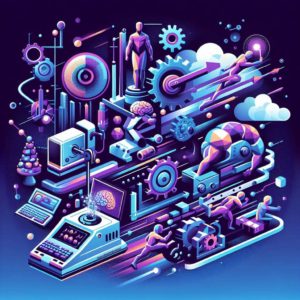
The article traces the evolution of technology from augmenting physical capabilities during the Industrial Revolution to enhancing cognitive functions through computers and artificial intelligence. It emphasizes how this transition has fundamentally changed human interaction with technology, shaping various industries and pushing the boundaries of what is achievable, while also highlighting the importance of using AI to empower communities and create a brighter future.

Update: January 16, 2024. Here is our shorter, 4 minute Best of #CES video where you’ll find many new products to make your life safer, healthier, easier

The Apple Watch has become a revolutionary health and fitness companion, equipped with features like fall detection, ECG, and personalized fitness tracking. This article explores the evolution of these health capabilities, delving into how users can harness crash detection, AFIB monitoring, loud noise alerts, and more. With our step-by-step instructions, users can maximize the potential of their Apple Watch, transforming it into a proactive health assistant for a fitter, happier, and healthier lifestyle.

The evolution of the Apple Watch from a trendy smartwatch to a pivotal health and fitness ally exemplifies the unpredictable trajectory of technological innovation. As health-tracking features gradually found their way into the watch, user anecdotes revealed its unexpected capacity to detect health anomalies, driving Apple to fortify its health capabilities and inadvertently inspiring a broader health tech movement
Don’t call it a headset. Don’t call it VR. Say hello to the world’s first spatial computer.

In 1981, Steve Jobs, the co-founder of Apple, used a memorable phrase to describe the potential of personal computers. He called them the “bicycle for